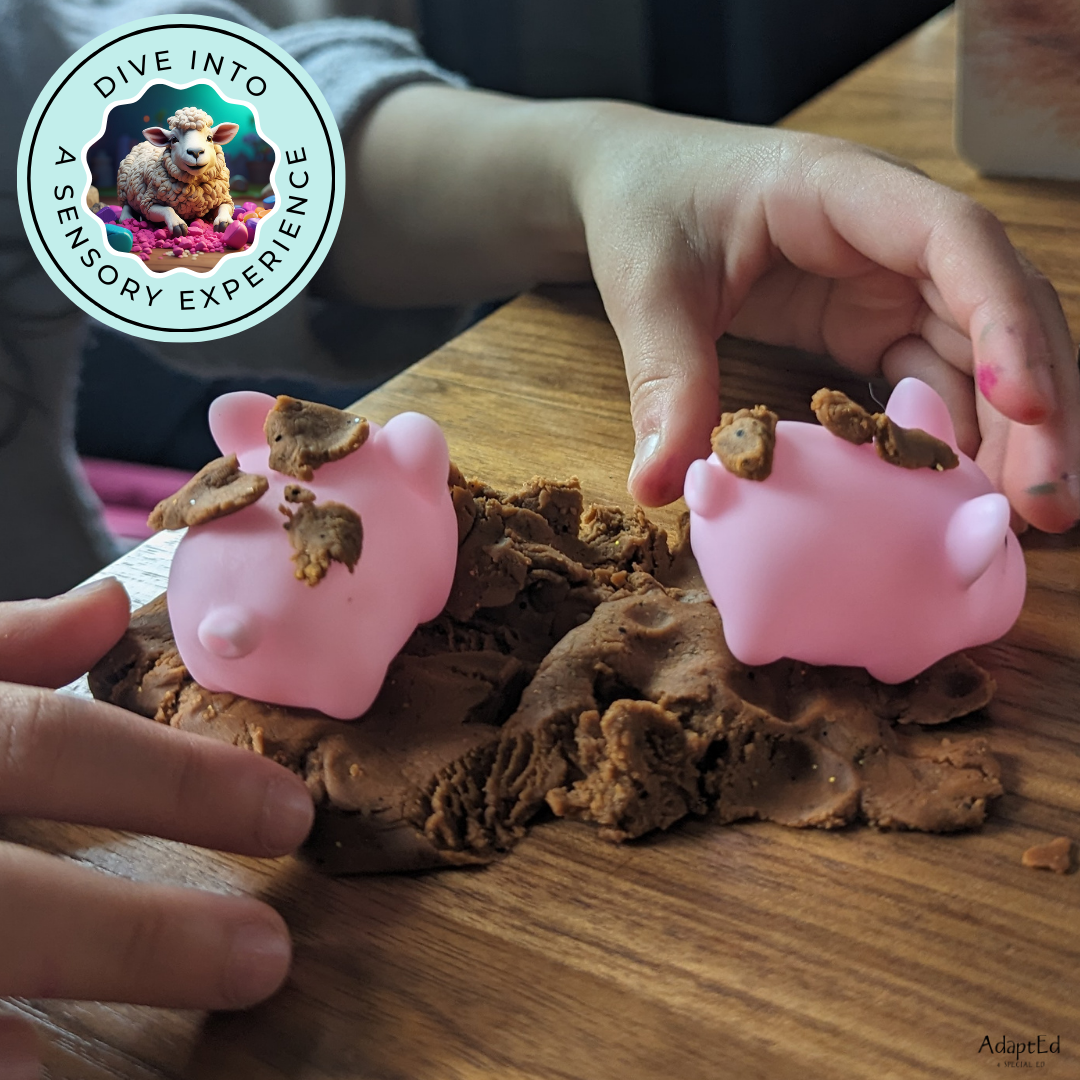Welcome back to the AdaptEd 4 Special Ed blog, it's Krystie here! Today, we're diving into a topic that is at the heart of what we do: multi-sensory learning (MSL) and its critical role in special education. Join me as we unravel why this approach is transformative and how it can ignite the full spectrum of learning possibilities for students with special needs.
Understanding Multi-Sensory Learning
Multi-Sensory Learning is an instructional strategy that engages more than one sense at a time. It is grounded in the understanding that when information is presented using various senses—sight, sound, touch, taste, and smell—learning can be more effective and meaningful. Every student absorbs, processes, and retains information differently, and MSL takes this into account, offering multiple pathways to understanding.
Why MSL Matters in Special Education
For learners who face challenges with traditional teaching methods, MSL can be a beacon of hope. These students often have unique processing needs that are not met by standard auditory or visual instruction. MSL taps into alternate sensory channels, creating opportunities for successful learning experiences.
Enhanced Engagement
Engaging multiple senses stimulates different areas of the brain, leading to increased attention and focus. For special education students, particularly those with attention-deficit/hyperactivity disorder (ADHD) or autism spectrum disorder (ASD), this can mean the difference between disengagement and active participation in learning.
Improved Retention and Recall
Studies indicate that the use of multi-sensory approaches can boost memory retention and recall, as information linked to a sensory experience is more likely to be anchored in long-term memory. This is beneficial for all students, but especially for those with learning disabilities, where memory can be a barrier to academic success.
Accommodates Diverse Learners
Each student has a unique way of learning, and no single sense should dominate the classroom. MSL respects and responds to neurodiversity, offering diverse learners avenues that appeal to their distinct learning preferences, be it kinesthetic, auditory, or visual.
Encourages Active Learning
Active learning through MSL prompts students to interact with materials, engage in hands-on activities, and participate in experiential learning. This involvement can awaken an enthusiasm for learning and help build self-confidence in students who may struggle with traditional educational approaches.
Builds Neural Connections
MSL can promote neuroplasticity—the brain's ability to form new neural pathways—by integrating various sensory stimuli. This is especially crucial for students with special needs, as it supports their cognitive development and helps mitigate learning difficulties.
Promotes Social Skills
Multi-sensory learning often involves collaborative activities that require communication and cooperation among students. For children with social interaction challenges, such as those with ASD, these activities provide a structured environment to practice and enhance social skills.
Practical Applications of MSL in Special Education
AdaptEd 4 Special Ed champions practical strategies for implementing MSL in the classroom:
-
Tactile Materials: Use objects like sandpaper letters, counting beads, or textured storybooks to add a tactile dimension to learning.
-
Visual Aids: Incorporate colorful charts, diagrams, and videos to make lessons visually stimulating.
-
Auditory Exercises: Employ songs, rhymes, and echo reading to reinforce auditory learning.
-
Kinesthetic Activities: Create opportunities for movement with games, role-play, or dance that align with lesson goals.
-
Safe Taste and Smell Experiences: Integrate edible projects or scent-based experiments when appropriate for the lesson and safe for students.
Conclusion
At AdaptEd 4 Special Ed, we believe in the power of multi-sensory learning to unlock the potential within every student. By making classrooms more sensory-inclusive, we create a more equitable educational landscape where every child has the opportunity to thrive. Implementing MSL isn't just about improving academic outcomes—it's about respecting and valuing the unique ways in which our students experience the world.
Keep following our blog for more insights, resources, and strategies designed to foster an inclusive learning environment that celebrates every student's journey. Together, let's embrace the beauty of learning through all our senses!
Remember, every child deserves the chance to learn in a way that lights up their world. Let's make it happen, one multi-sensory experience at a time.



